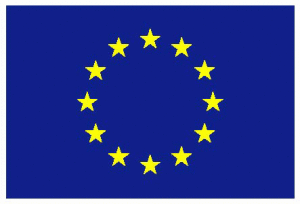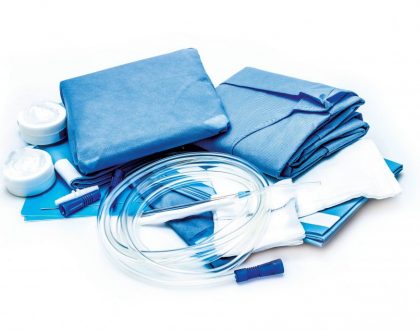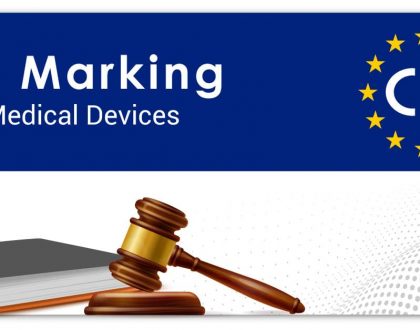EU New Medical Device Regulation 2016

by admin
The EU new Medical Device Regulation (MDR) could be ready for adoption as early as by the end of 2015. Although it is more realistic to think the new regulations will be ready to be implemented in early 2016, it is important that all Australian manufacturers and exporters to the EU are aware of the changes currently taking place with the medical device regulations in the EU. The new MDR proposes to replace the current Medical Device and IVD Directives.
The main points that are currently being evaluated by the European Commission are:
The EU new Medical Device Regulation (MDR) could be ready for adoption as early as by the end of 2015. Although it is more realistic to think the new regulations will be ready to be implemented in early 2016, it is important that all Australian manufacturers and exporters to the EU are aware of the changes currently taking place with the medical device regulations in the EU. The new MDR proposes to replace the current Medical Device and IVD Directives.
The main points that are currently being evaluated by the European Commission are:
1. Notified Bodies to answer to competent authorities of the Member States.
2. Centralised Post-market safety system.
3. Involvement of external expertise in the regulatory processes.
4. Efficient and effective regulatory system management.
Some more specific issues within the main points are:
1. Regulatory gaps or uncertainties that currently exist with regarding certain products. For example:
- Products manufactured utilising non-viable human tissues or cells, implantable or other invasive products without a medical purpose,
- The reprocessing of single-use devices which are currently not regulated by the EU legislation on medical devices.
- In the field of IVDs, “in-house” tests are currently exempted from the IVD Directive but the application of the exemption diverges amongst the Member States. Moreover, regarding genetic tests, the application of the IVD directive is not sufficiently clear and might lead to diverging interpretation in the EU.
2. Classification of IVDs. The current EU approach differs from the classification approach taken for medical devices and recent developments at international level.
3. Need to update the dated IVD Directive to include technological, scientific and regulatory developments.
4. Coordination between Member States regarding the assessment of applications for clinical investigations on medical devices to be conducted in more than one Member State.
The new MDR will have a more scrutinised approach to certification for manufactures of medical devices and IVDs as well as a more rigid control over Notified Bodies.
See the complete European Commission executive summary on the revision of the current regulatory framework for medical devices here
For any regulatory enquiries regarding medical devices and IVDs contact KD&A on +61 4 11 101 392 or email us at kdent@kdas.com.au.
Recommended Posts

January 2024 Updated Guidance – System or Procedure Packs
February 28, 2024

Guidance on the vigilance system for CE-marked devices and the Device Specific Vigilance Guidance (DSVG) Template
February 19, 2024

TGA Fees and Charges Proposal 2024-25
February 1, 2024
